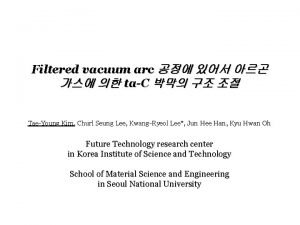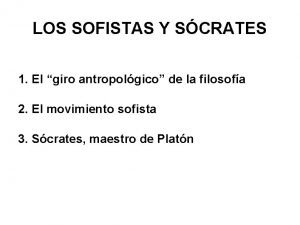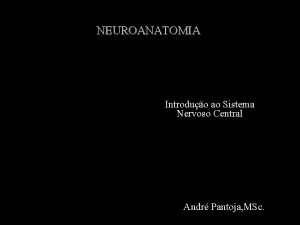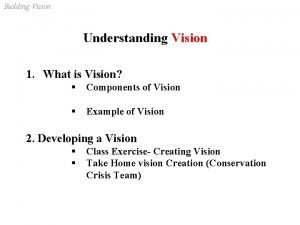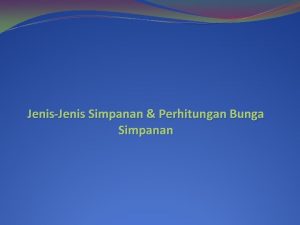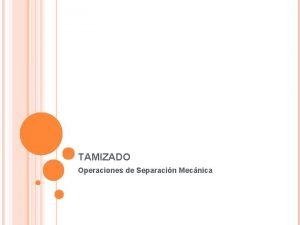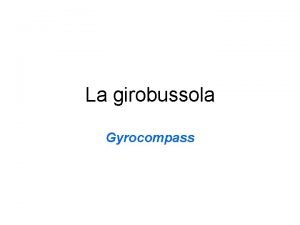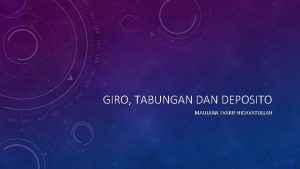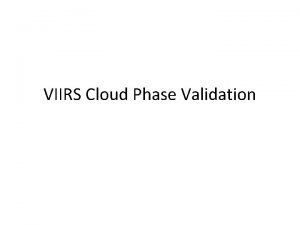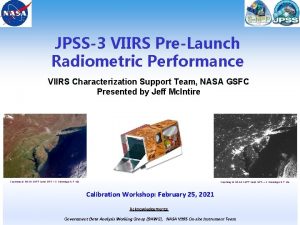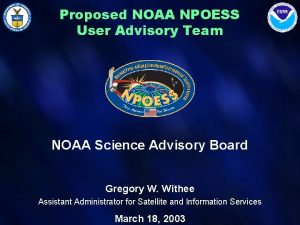NOAA VIIRS Team GIRO Implementation 8302016 Taeyoung Jason








- Slides: 8

NOAA VIIRS Team GIRO Implementation 8/30/2016 Taeyoung (Jason) Choi, Xi Shao, Changyong Cao, Fuzhong Weng For Lunar Calibration Web Meeting

Scheduled Lunar Collections • Moon observation made through the Space View (SV) as shown in Figure 1. • During the sector rotation, the VIIRS observations are set to be fixed High Gain (HG) mode. • Spacecraft roll maneuvers are required. • To avoid the complex oversampling factor calculation, – Center 5 scans with full moon in the entire scan are used. Figure 1. Scheduled lunar collection example image on Jan. 19 th, 2016. Page | 2

Scheduled Lunar Collections • Table 1. Lunar phase angles are very consistent. Date Phase Angle 4/2/2012 5/2/2012 10/25/2012 11/23/2012 12/23/2012 2/21/2013 3/23/2013 4/21/2013 10/14/2013 11/13/2013 12/12/2013 1/11/2014 2/10/2014 3/12/2014 -51. 24 -50. 92 -51. 01 -50. 73 -50. 9 -50. 71 -51. 15 -50. 82 -50. 94 -50. 66 -50. 39 -51. 3 -51. 05 4/10/2014 5/10/2014 6/9/2014 10/4/2014 11/3/2014 12/31/2014 1/30/2015 3/30/2015 4/29/2015 5/29/2015 6/27/2015 11/22/2015 12/21/2015 -50. 6 -50. 91 -51. 04 -50. 8 -50. 52 -50. 73 -51. 16 -51. 29 -50. 43 -51. 07 -54. 42 -50. 76 -50. 3 Page | 3

VIIRS Lunar Calibration • Lunar F-factor is calculated as a secondary calibration coefficient. – Primary source of calibration is the Solar Diffuser (SD). • The lunar F-factor is calculated as a ratio between the GIRO lunar irradiance and observed lunar irradiance. IGIRO : band dependent lunar irradiance value from the Global Space-based Inter-Calibration System (GSICS) Implementation of RObotic lunar observatory (GIRO v 1. 0. 0) model (at https: //gsics. nesdis. noaa. gov/wiki/Development/Lunar. Work. Area ), : moon phase angle, LAvg: averaged radiance of the effective lunar pixels, Rmoon: moon radius, Dist. Sat_Moon: distance between satellite and moon Page | 4

SD and Lunar F-factor comparisons • The two F-factors need to be normalized (or scaled) properly because of the different solar irradiance models. – The SD F-factors (solid lines) are normalized • The best fitting scaling factors are calculated and applied for lunar F-factors (symbols). Page | 5

SD and Lunar F-factor comparisons • The oscillation patterns in M 1~M 4 were out of synchronization in 2012 to mid 2014. • Lunar and SD F-factors are showing similar annual trends in starting from mid 2014. Page | 6

SD and Lunar F-factor comparisons • The one-sigma standard deviation (STD) values between SD and lunar Ffactors are also shown in Table 2. – The SD F-factors are interpolated at the lunar collection time. – The short wavelength bands (M 1~M 4) are well within one percent level. – Other bands show excellent agreements less than 2 percent level. Table 2. One-sigma STD of the differences between the SD and lunar F-factors. Band STD M 1 M 2 M 3 M 4 M 5 M 6 M 7 0. 91 0. 84 0. 72 0. 74 0. 71 1. 67 0. 88 M 9 M 10 M 11 I 2 M 3 1. 71 1. 60 1. 47 1. 34 0. 76 0. 91 0. 74 Page | 7

Summary • NOAA VIIRS team successfully implemented GIRO to monitor primary SD calibration. • The two independent calibration coefficients from SD and moon are calculated and compared for S-NPP VIIRS RSB. • The SD and lunar F-factors show possible long-term differences especially in the short wavelength bands from M 1 to M 4. – However, the 1 - STD of the SD and lunar F-factors < 2% in all bands. – The SD F-factor correction using lunar trending needs more evidences. • Such as DCC, pseudo invariant Cal. site trending, SNO x-calibration, etc. • The moon is a very important source of independent radiometric calibration for any on-orbit imaging sensor in the visible and near inferred bands. Page | 8
